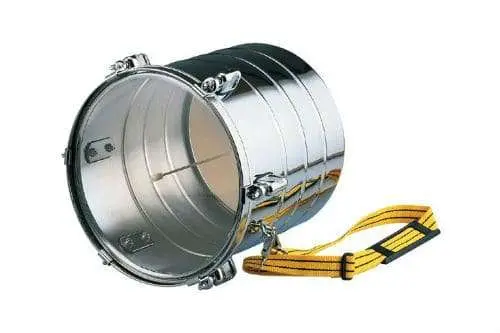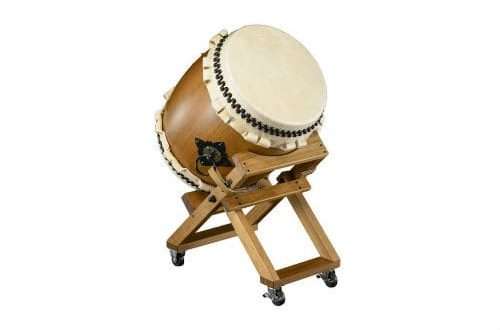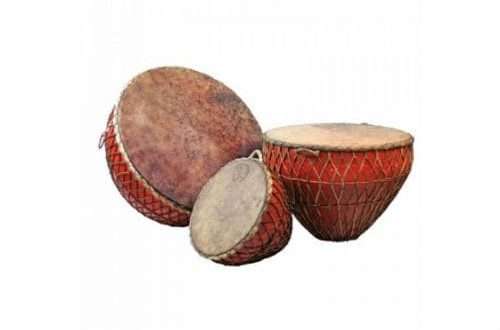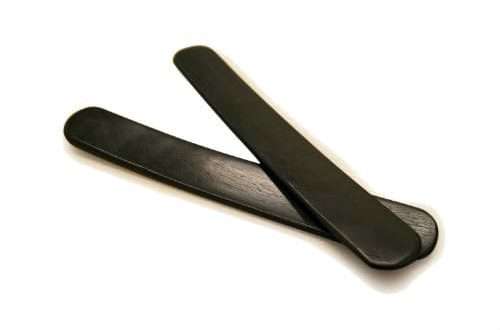
Kuika: instrument composition, origin, use, playing technique
Cuica is a Brazilian percussion instrument. Refers to the type of friction drums, the sound of which is extracted by friction. Class – membranophone.
There are several theories about the origin of kuiki in Brazil. According to one version, the drum arrived with the Bantu slaves. According to another, he got to the European colonists through Muslim traders. In Africa, kuika was used to attract the attention of lions, since the sound register emitted was like a lioness’s roar. At the beginning of the XNUMXth century, the instrument entered Brazilian music. Samba is one of the most famous genres, whose musicians play the kuik. Basically, the Brazilian drum sets the main rhythm in the compositions.

The body has an elongated rounded appearance. Production material – metal. The original African design was carved from wood. Diameter – 15-25 cm. The bottom of one side of the case is covered with animal skin. The opposite side is open. A bamboo stick is attached to the bottom from the inside.
To extract sound from the instrument, the performer wraps a piece of cloth around the stick with his right hand and rubs it. The fingers of the left hand are on the outside of the body. The pressure and movement of the fingers on the membrane changes the timbre of the extracted sound.





